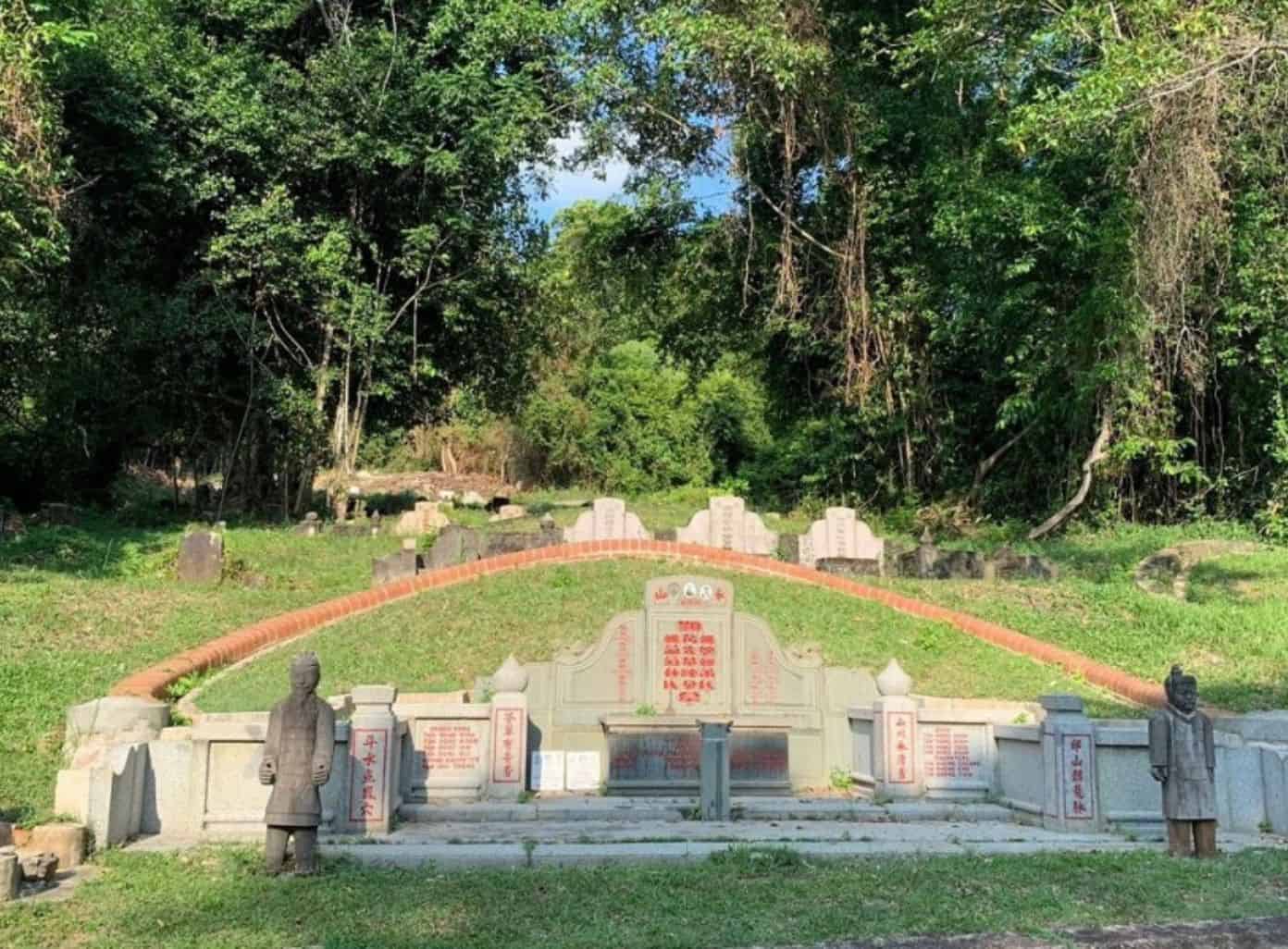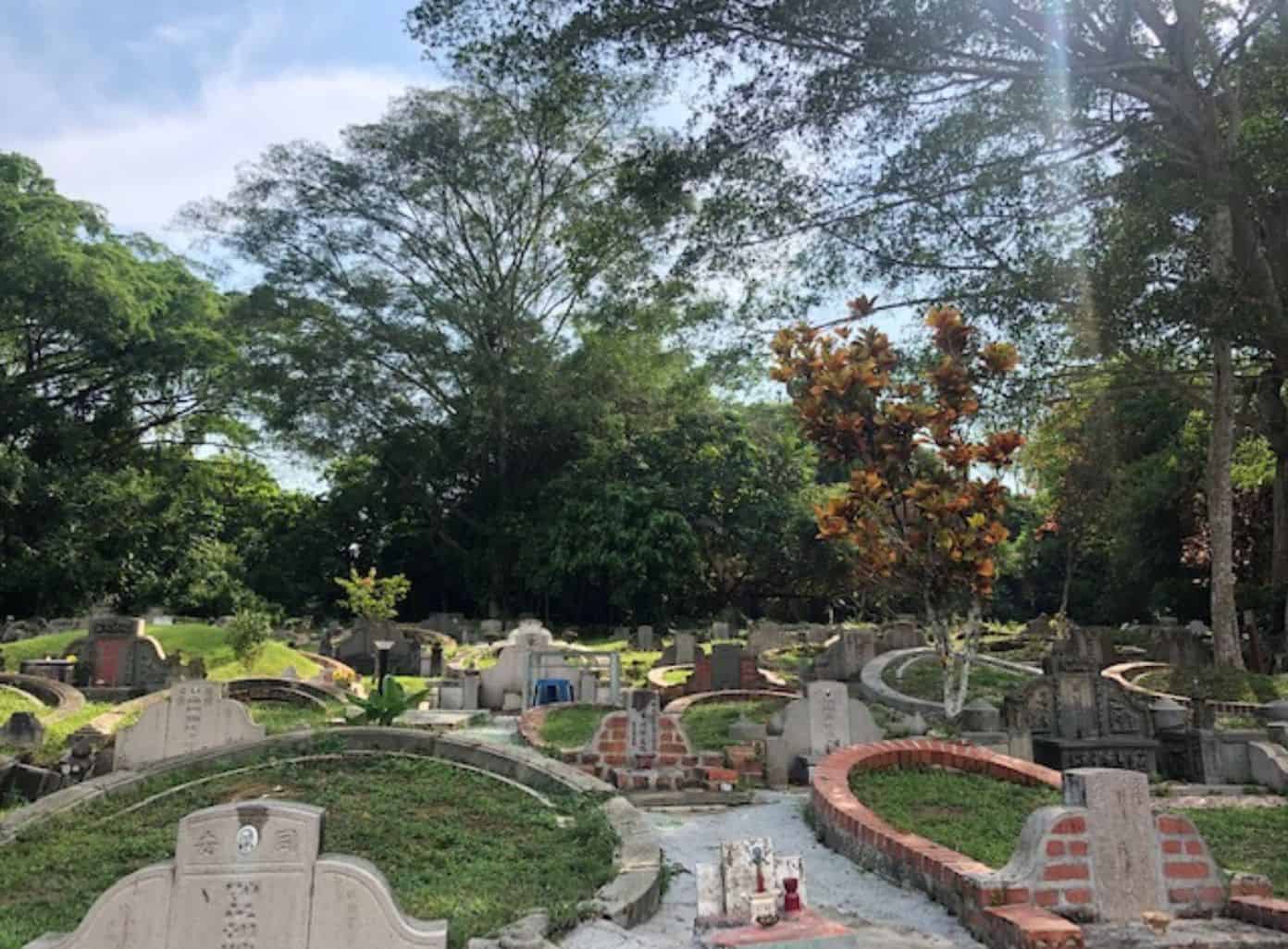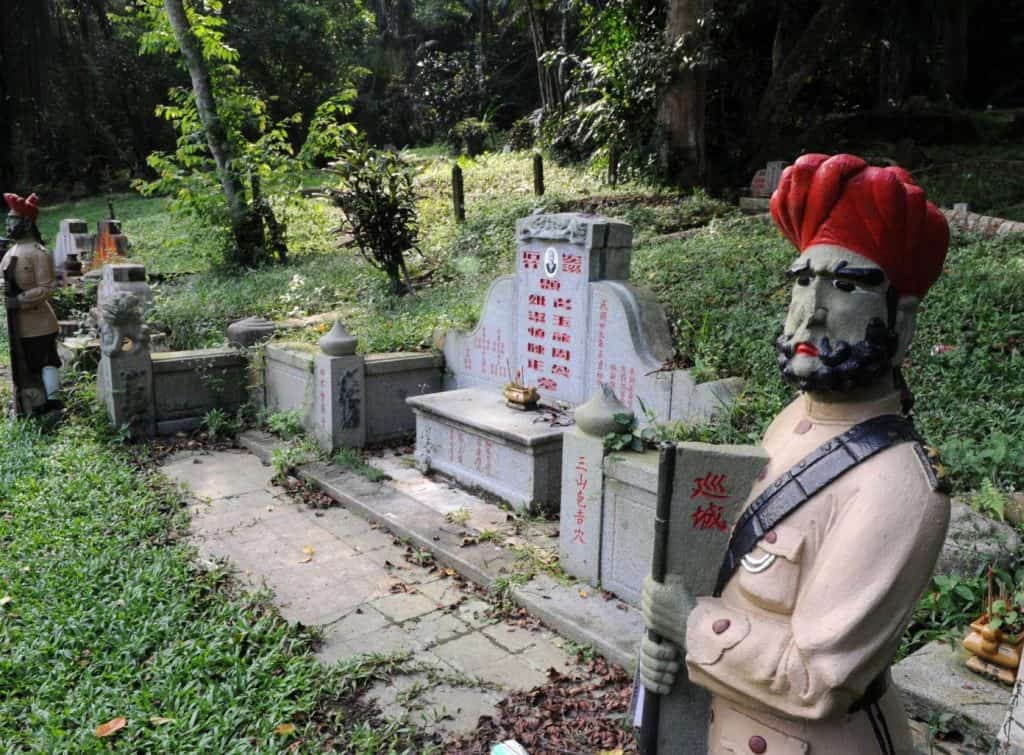Bukit Brown Cemetery, nestled in the heart of Singapore, holds a rich history that spans several centuries. This article aims to provide a comprehensive exploration of the cemetery’s origins, its architectural highlights, its role in Singapore’s history, the controversies surrounding its existence, and its current state as a heritage site. Through this journey, we will discover the profound significance of Bukit Brown Cemetery as a testament to Singapore’s past.
The Origins of Bukit Brown Cemetery

Bukit Brown Cemetery’s beginnings can be traced back to the early 19th century when Singapore was a British colony. At that time, the colonial authorities designated a piece of land in the sprawling hills as a burial ground. Its establishment was influenced by both the British penchant for landscaped parks and Chinese beliefs surrounding proper ancestral burial grounds.
The decision to create a cemetery in Bukit Brown was not a simple one. The British colonial authorities faced the challenge of balancing the needs and traditions of the diverse ethnic communities in Singapore. They recognized the importance of providing a final resting place that would cater to the different religious and cultural practices of the population.
As the British began clearing the thick jungle that covered Bukit Brown, laborers were tasked with creating a burial ground that would not only serve as a place for the deceased but also as a serene and peaceful environment for visitors. The meticulous planning and landscaping transformed the once wild and untamed hills into a tranquil sanctuary.
Early Establishment and Significance
With its multicultural approach to cemetery planning, Bukit Brown Cemetery quickly became a symbol of Singapore’s rich diversity. It stood as a testament to the harmonious coexistence of different cultures and religions in the colonial era.
Moreover, Bukit Brown Cemetery’s significance extended beyond its role as a final resting place. It became a site of historical value, reflecting the social and economic development of Singapore. The cemetery’s early years welcomed individuals who played pivotal roles in the growth of the nation. Wealthy merchants, influential politicians, and community leaders found their eternal abode in Bukit Brown, solidifying its standing as a place of respect and remembrance.
Visitors to Bukit Brown Cemetery can explore the final resting places of these notable figures, each with their unique stories and contributions to Singapore’s history. The tombs and gravestones of these individuals offer a glimpse into the wealth and stature of Singapore’s early elite.
Notable Figures Buried in the Early Years
Among the notable individuals buried in the early years of Bukit Brown Cemetery is Tan Kim Ching, an esteemed philanthropist known for his generous contributions to the Chinese community. His tomb stands as a testament to his dedication to improving the lives of others, with intricate carvings depicting scenes of charity and compassion.
Another prominent figure laid to rest in Bukit Brown is Ong Sam Leong, a respected entrepreneur and philanthropist. His elaborate tombstone design reflects his success in business and his commitment to giving back to society. The intricate engravings tell the story of his life, from humble beginnings to becoming one of Singapore’s most influential figures.
These individuals, among many others, have left an indelible mark on Singapore’s history. Their final resting places in Bukit Brown Cemetery serve as a reminder of the contributions made by the early pioneers and the values they held dear.
Architectural Highlights of Bukit Brown Cemetery

One cannot explore the history of Bukit Brown Cemetery without taking note of its stunning architectural features. The cemetery boasts unique tombstone designs and symbolism that represent a blend of Chinese and Western influences.
Unique Tombstone Designs and Symbolism
Walking through the cemetery, visitors are greeted by a myriad of tombstone styles, each with its own story to tell. Intricate carvings, decorative motifs, and intricate calligraphy adorn the tombstones, reflecting the religious and cultural beliefs of those who rest here. These beautifully crafted tombstones not only pay homage to the deceased but also serve as tangible links to Singapore’s rich heritage.
Influence of Chinese Traditions on Architecture
Chinese architectural traditions heavily influenced the cemetery’s design and layout, reflecting the cultural practices of the majority Chinese population in Singapore. Elements such as the orientation of the tombs, the incorporation of feng shui principles, and the use of auspicious symbols showcase the deep-rooted beliefs and traditions of Chinese culture.
The Role of Bukit Brown Cemetery in Singapore’s History
As Singapore’s history unfolded, Bukit Brown Cemetery remained an integral part of the island’s landscape. It bore witness to significant events and underwent remarkable transformations that mirrored the changing times.
The Cemetery during the Japanese Occupation
During World War II, Bukit Brown Cemetery faced immense challenges. The occupying Japanese forces used the cemetery as a military stronghold, damaging some tombstones and disrupting the tranquility of the site. This dark chapter in the cemetery’s history serves as a poignant reminder of the hardships endured by Singapore during the war.
Post-War Developments and Changes
Following the war, Bukit Brown Cemetery underwent changes due to Singapore’s rapid urbanization. The demand for land led to the exhumation of some graves and the relocation of ancestral remains to other cemeteries. Despite these changes, Bukit Brown Cemetery managed to retain its historical essence, albeit with the passing of an era.
Controversies and Conservation Efforts
The encroaching urban landscape posed a constant threat to Bukit Brown Cemetery’s existence. Over the years, the cemetery faced challenges from various development projects that aimed to repurpose its land for alternative use.
Threats to the Cemetery’s Existence
As Singapore’s population grew, the need for infrastructure and residential spaces intensified. Bukit Brown Cemetery, with its prime location and expansive land, became a target for development. The proposed construction of major roads and residential estates consistently cast a shadow of uncertainty upon the cemetery’s future.
Public Response and Activism
The potential loss of Bukit Brown Cemetery sparked public outrage and ignited conservation efforts. Environmentalists, historians, and everyday citizens banded together to raise awareness about the cemetery’s cultural and historical value. These individuals tirelessly campaigned for its preservation, demanding that alternative solutions be explored to maintain Bukit Brown Cemetery’s integrity.
Bukit Brown Cemetery Today
Despite the ongoing debates and battles surrounding its future, Bukit Brown Cemetery has achieved recognition for its significance as a heritage site.
The Cemetery as a Heritage Site
Due to its historical, cultural, and architectural value, Bukit Brown Cemetery was designated as a heritage site by the Singapore government. This acknowledgment pays tribute to the cemetery’s role in shaping Singapore’s history and emphasizes the importance of preserving this unique piece of the nation’s heritage.
Ongoing Research and Discoveries
Bukit Brown Cemetery remains a site of ongoing research and discovery. Dedicated individuals continue to unravel stories hidden within the cemetery’s vast expanse. Through genealogical research, tombstone restoration, and archaeological investigations, new chapters and narratives are added to the tapestry of Bukit Brown’s history.
Exploring the history of Bukit Brown Cemetery holds more than mere fascination. It deepens our understanding of Singapore’s past, celebrates the diverse communities that built the nation, and underscores the significance of preserving the physical and intangible heritage that connects us to our roots. Bukit Brown Cemetery stands as a testament to the passage of time, an eternal resting place that bears witness to the collective stories of Singapore.








